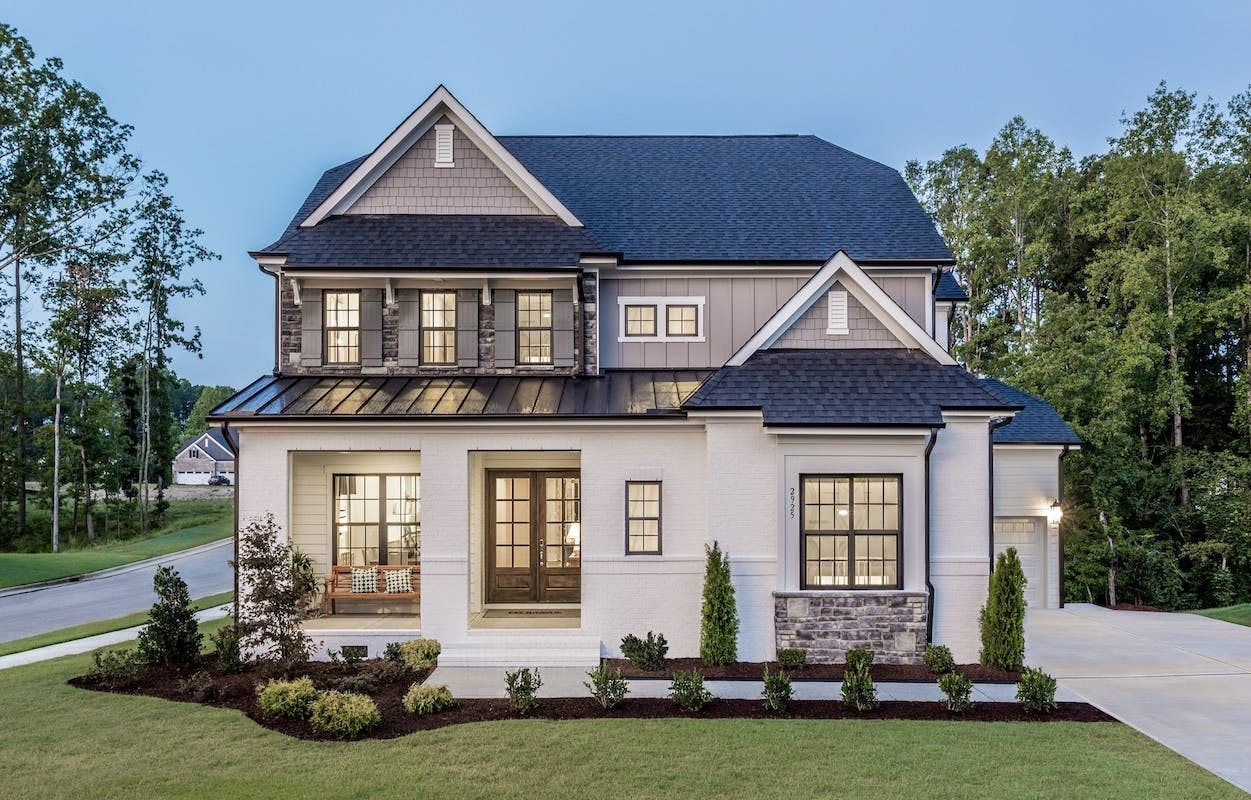Who Spends for What? Strategically Drafting and Reviewing Operating Costs and Common Area Maintenance Costs In Commercial Leases
DICTA Magazine

Author( s) Grant T. Williamson

Operating costs (" OpEx") and common location maintenance charges (" CAM") are 2 important items in any commercial lease, but they are
typically ignored after the decision is made on how to break up these fees. Typically, business expenses are calculated and assigned based on a gross, customized gross, or triple net basis, with the occupant being accountable for a portion of CAM based upon the percentage of the total residential or commercial property they occupy. The property owner will normally have basic lease language for each type of OpEx structure (i.e., gross, customized gross, or triple internet) and for CAM breakdowns. Once the property manager and tenant concur that, for example, the lease will be calculated on a triple net basis with occupant responsible for its proportionate share of CAM, let's say 20% for sake of illustration, property owner's counsel will normally just pull basic OpEx and CAM language from its term bank and stop. On the other side of the table, occupant's counsel will often fall under the trap of only ensuring that the OpEx arrangement ponders a triple net structure and that the CAM breakdown properly lists 20%. But taking this narrow method to drafting and examining OpEx and CAM costs in business leases can open a pandora's box of concerns down the road as costs start to emerge throughout the course of the leasing relationship and celebrations begin to second-guess who need to be
spending for what.

It is practical to specify the OpEx structures pointed out above and to offer more information on CAM costs. OpEx, sometimes described as
extra lease, is suggested to normally refer to all expenses associated with a lease beyond the base rent being charged. Freedom of contract enables the celebrations to choose how to break down OpEx, and the classifications of gross leases, modified gross leases, and triple net leases are the 3 approaches that can be used.
In a gross lease, the base lease is all that the tenant will pay. The base lease will be greater than the base lease under a customized gross lease or a triple net lease because the property owner is paying for all extra rent itself and has (hopefully accurately) determined these expenses into one general base rent rate that will allow the property manager to cover these costs and realize a revenue on the lease of its space.

A modified gross lease resembles a gross lease in that the base lease shows a few of the anticipated costs of additional rent items but varies in that a few of the typical additional rent items will be paid directly by the tenant. As such, the base lease rate under a customized gross lease will be less than under a gross lease and more than under a triple net lease. For instance, a modified gross lease may offer that the base lease rate consists of the costs of particular energies, which property manager will pay straight, but not others, for which duty will fall on the tenant to pay straight.
A triple net lease will have the most affordable rent rate of all due to the fact that it anticipates that occupant will be accountable for all other expenses associated with the lease and its operations thereunder. CAM, in other words, will incorporate fees connected with locations that renter has access to, and rights to utilize, in common with other occupants at a residential or commercial property. These can differ extensively depending on the type of residential or commercial property, however usually consist of one or more of the following: car park or decks, shared hallways, public restrooms, costs related to landscaping at the residential or commercial property, and expenses connected with keeping the residential or commercial property (but not related to maintaining any properties solely occupied by any renter of the residential or commercial property).

As you might be able to inform by these meanings, "costs" and "extra rent" and "common area" and "operating costs" are broad terms that could lend themselves to including, or not including, all way of various items under a lease. The last thing either celebration wants is for an expense that they are responsible for to come as a surprise, especially in longer-term commercial leases. As such, whether you are preparing a lease for a landlord or examining a lease for a tenant, it is necessary to ask the following questions of your customer:
- Can you note out all the expenses that you anticipate to be accountable for paying directly? Exist any costs that you specifically do not anticipate to spend for?
- If the rent structure is not gross, what utilities will the renter be responsible for paying (e.g., water, gas, sewage system, electrical, telephone, and/or internet)? Exist expense savings associated, for example, with the proprietor getting energies for the entire residential or commercial property and after that billing them back to tenant for reimbursement or through separately metering the tenant's properties to precisely divide expenses, or is it more cost efficient for the occupant to contract for and spend for utilities directly? Will utility expenses be involved the definition of CAM?
- How will OpEx and CAM expenses be evaluated: On a regular monthly basis per a set quote? On a per square foot basis? Based on real expenses incurred and then billed back to the occupant for compensation? If these expenses are not billed back for compensation, how will estimated OpEx and CAM costs be fixed up and changed: On a yearly basis? On a month-by-month case?
- For landlords, will there be a related supervisor entity carrying out services for the residential or commercial property whose fees should be recovered either through OpEx or CAM costs? For renters, should management charges be left out or capped?
- For occupants, based upon previous time in a building and relationship with the proprietor, is it worth trying to promote a cap on OpEx and CAM boost year by year (e.g., inserting language that tenant shall not be accountable for the payment of any OpEx and CAM costs to the level that they go beyond X% of such expenses for the immediately preceding lease year) to make sure that landlord is incentivized to keep expenses reasonable and likewise not to utilize the residential or commercial property as an earnings center? For property owners, has enough financial analysis been carried out to dedicate to a cap without the danger of consuming excess expenses down the road?
- How will capital improvement costs be spent for? Will they be amortized over a certain amount of time, which is more common under a long-lasting lease or for a big, anchor tenant, or will proprietor consume these expenses (which they may not want to do if they just have a leasehold interest in the residential or commercial property)?
At the end of the day, clarity is essential when it concerns drafting and modifying OpEx and CAM provisions in industrial leases. While it can
seem tedious to specifically consist of or omit certain products rather than simply including a note that the lease is, for example, a triple net lease which occupant's share of CAM is 20%, putting in the time to totally comprehend who ought to pay for what will help avoid disagreements down the road and keep your client delighted.
Republished with permission. This short article was published in the Knoxville Bar Association's regular monthly publication DICTA, January 2023, Volume 51, Issue 1.








